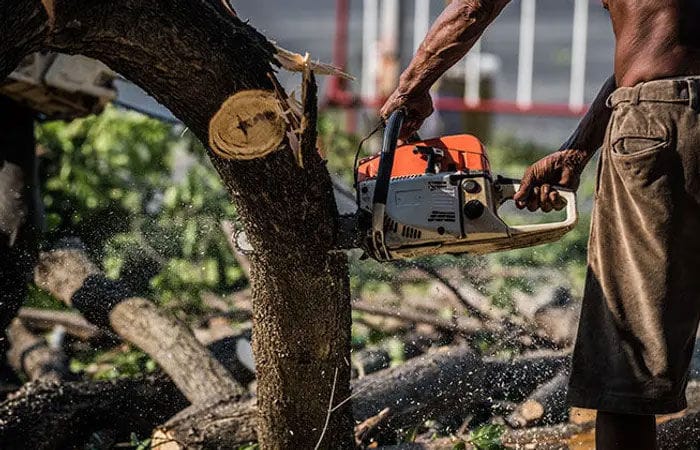Over 400 fully matured, decade-old trees along Science City Road are now at risk of being cut down due to the planned construction of a Bus Rapid Transit System (BRTS) track.
The Science City area of Ahmedabad, considered one of the most environmentally sensitive and greenest areas, is now facing the possibility of losing these trees as the road is being developed to resemble C G Road.
Ten years ago, past the Sola Bridge, there was a single-lane road in this area. With the inclusion of the Science City area in the Amdavad Municipal Corporation (AMC) and increasing traffic issues, the road was widened.
Along with the road widening, trees were planted, including Tabebuia rosea, also called pink poui, Saptaparni, two large banyan trees, numerous neem trees, Gulmohar, and bougainvillaea trees.
Due to the frequent visits of Prime Minister Narendra Modi and other politicians, these trees were well-maintained.
However, now, with a budget of ₹30 crores, this road is being further developed, which includes the construction of footpaths and seating areas.
A BRTS track is also being planned, leading to the inevitable cutting down of more than 400 well-developed trees.
According to reports, to minimise public concern over tree conservation, the tree-cutting work is being conducted at night to avoid drawing significant attention.
Once these large trees, stretching from the Bahuchar Mata Temple to Kesar SAL Medical College, are cut down, a significant green cover in the area will be lost.
The government has established nine different gardens in the Science City area to demonstrate the importance of the environment.
These include the large Sardar Patel Garden and two oxygen parks. However, the locals are concerned that as soon as the current road development work is completed, these trees will be cut down to make way for the BRTS track.
Already, more than 50 trees have been cut down to build three BRTS stands. Local authorities argue that with the increasing traffic in the area, the roads are narrow, and the BRTS track is necessary for convenience.
On the other hand, the locals question why such a significant green cover was created by planting so many trees if the government’s plan always included constructing a BRTS track in this area.



